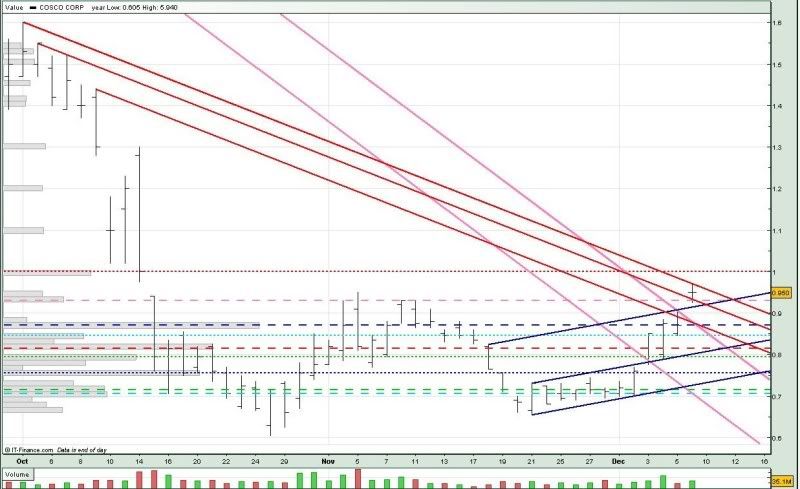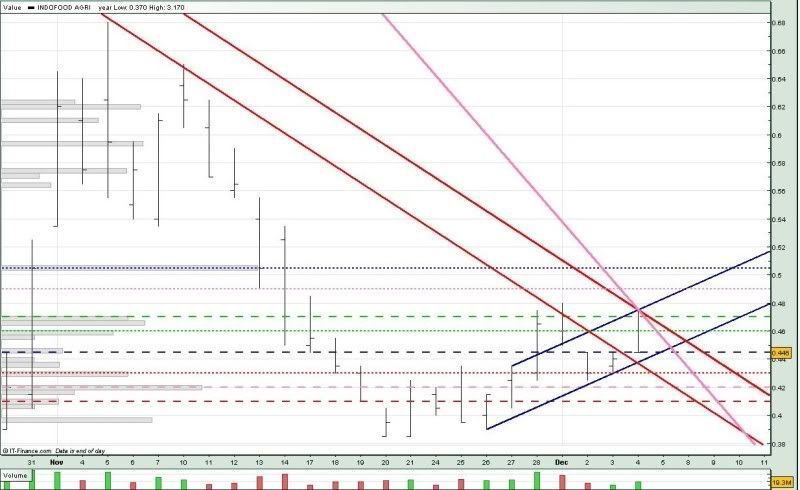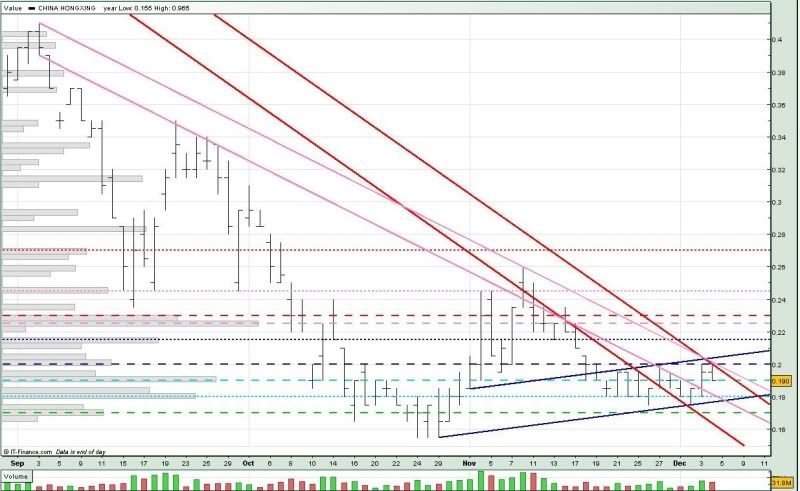by ANDREW MARKS (6 Dec)Sympathetic noises from Congress on rescue for Detroit Three carmakers temper fearsFOR the whole of this week, Wall Street had been trying hard to hold on to the little optimism eked out from the most recent wave of government capital injections.
That effort seemingly came to an abrupt end yesterday.
In the face of a shockingly bad November jobs report, the mood of stockmarket investors nosedived as news that the US economy shed 533,000 jobs, the worst single month since 1974, filtered through.
On average, forecasts had expected a loss of about 400,000 jobs. The unemployment rate rose to 6.7 per cent from 6.5 per cent in October. The government added that it was revising its jobs data for September and October, loading on 199,000 more layoffs than previously thought. That brings the total reduction in US non-farm payrolls for the last three months to 1.256 million, with almost two million shed in the year so far.
Investors reacted to the data in predictable fashion. Stocks slid shortly after the opening bell, with the Dow falling 80 points, or one per cent, in the first minutes of trading. That widened to a loss of 220 points by 11.30 in the morning as the blue chip index hit 8,155.
But there is a glimmer of hope. Wall Street seemed encouraged by remarks at the opening to yesterday's Congressional hearings for a bailout for the Big Three carmakers.
Barney Frank, chairman of the House financial services committee, said: 'In the midst of the worst economic situation since the Great Depression, letting the Big Three fail is simply unacceptable. Any effort to resist a rescue of the auto industry in the face of such a massive jobs crisis must fall by the wayside,' he said.
On Thursday afternoon, stocks took a hit in the final hour of trading, as investors pulled money off the table before yesterday's jobs report, not wanting to risk losing all their profits of recent days.
Economist Joel Naroff, president of Naroff Economic Advisors, had anticipated a record layoff number following the Wednesday release of the Institute for Supply Management's Non-Manufacturing index November numbers, which recorded it's largest monthly decline since the survey was begun in 1997.
'This is obviously a bad number, showing how hard a hit the economy is taking. But you have to remember this is a lagging indicator and it appears that businesses are adjusting extremely rapidly to the real time information about the problems.
That may be compressing the time it takes to downsize when a recession hits. As a consequence, the data is deteriorating more sharply than we are used to seeing,' he said.
As shocking as the number is, Mr Naroff thinks that the economy could also see an end to the huge losses in jobs and demand sooner than would typically be the case in a severe recession.
'It's like being hit by a hurricane. We have to ride out the intense storm, but the silver lining is we might get good weather sooner than history would indicate,' he said.
It will probably be weeks, if not months before the stock market will agree with Mr Naroff's positive analysis of the collapse in all the data.
Said Joe Battipaglia, investment strategist at Ryan, Beck, 'These awful numbers we're getting could be taken as indicating that the bottom is coming, but at this point, they could also be taken as a sign that we're in even worse shape than we believed.'
'That means stock market sentiment will continue to be highly volatile and subject to change with every new piece of significant data,' he said.
The severity of the jobs report has also raised expectations on Wall Street that Congress and the Treasury will keep GM and Chrysler in business while the debate over how to restructure the car industry gets aired.
'Everybody knows now that the automakers will get their loan - there's no choice, and this report also raises the certainty we'll get a huge stimulus programme, probably north of US$500 billion, once Mr Obama is inaugurated in January,' said Jim Awad, managing director of Zephyr Capital Management.
-Research Report by ANDREW MARKS (6 Dec)



























 Different people, different perspectives.
Different people, different perspectives.




